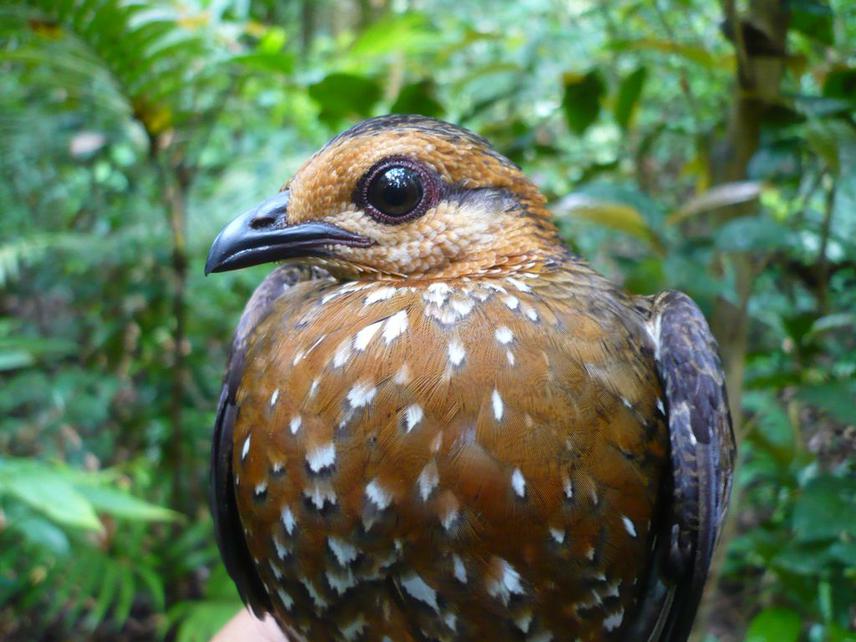Sophea Chhin
The project aims to determine the ecology and conservation status of the endemic chestnut-headed partridge and newly taxonomically-distinct scaly-breasted partridge in south-west Cambodia.

The Cardamom Mountains extend in southwest of Cambodia span more than one million hectares and comprise chiefly of the Mount Samkos massif, the central Cardamom Mountains, Mount Aural massifs Mount Elephant rang including Bokor and in Southeast Thailand is Soi Dao mountains where along the Cambodian-Thailand border. The Cardamom mountains in Southwest of Cambodia is one of the most important areas for Galliformes with 9 confirmed species which include the chestnut-headed partridge (Arborophila cambodiana) and the common scaly-breasted partridge (Tropicoperdix chloropus). A. cambodiana is endemic to the Cardamom Mountains. It is a common resident in semi-evergreen and hill evergreen forests with the elevation range between 400 m and 1,400m, Tropicoperdix chloropus is the common partridge mainly occur in the hill and semi-evergreen forest from lowland up to 12000m in China, Cambodia, Laos, Thailand, Myanmar and Vietnam.
This project aims to determine the ecology and conservation status of the endemic chestnut-headed partridge (Arborophila cambodiana) and newly taxonomically-distinct scaly-breasted partridge (Tropicoperdix chloropus) in the Cardamom and Elephant mountains, south-west Cambodia.
In Cambodia, there has never been a comprehensive scientific study of Galliformes and there has not been a Galliformes-specific survey in over five years. Since 2006, south-western Galliformes habitats have been increasingly degraded, due to agricultural land conversion and hydro dam construction.
This study is very timely and relevant to determine current populations, habitat quality and threats, and to assess what strategies are needed to protect Galliformes.